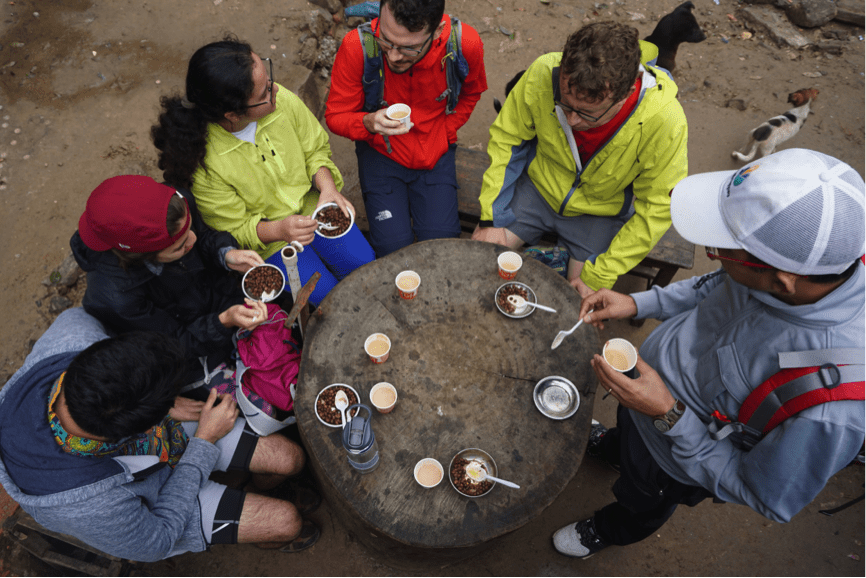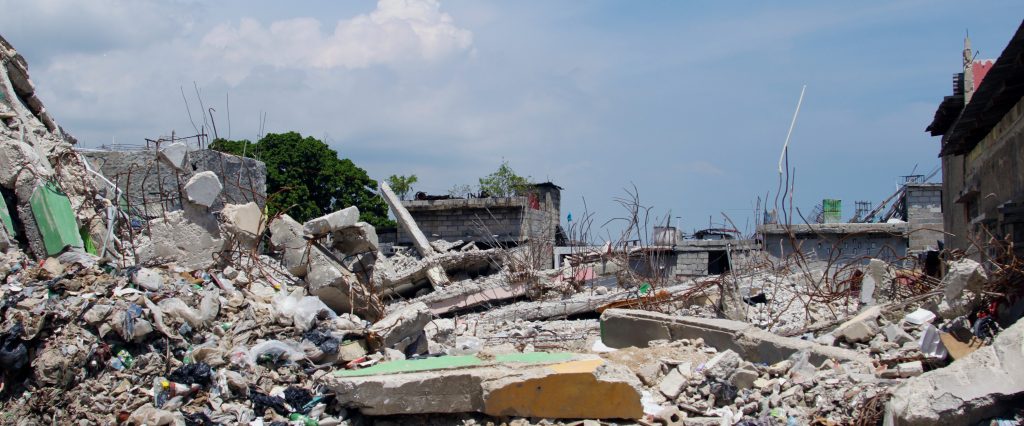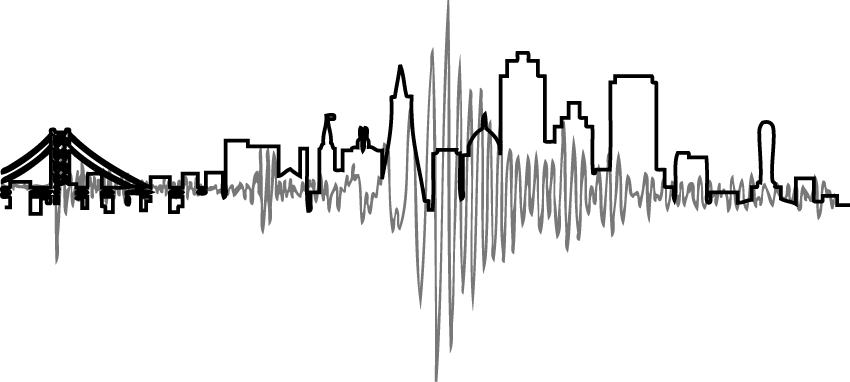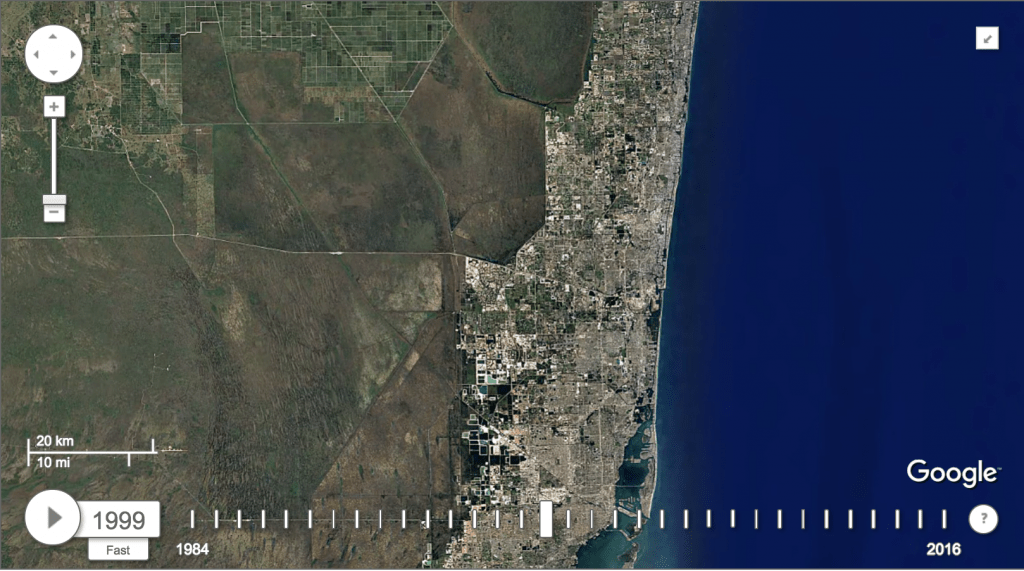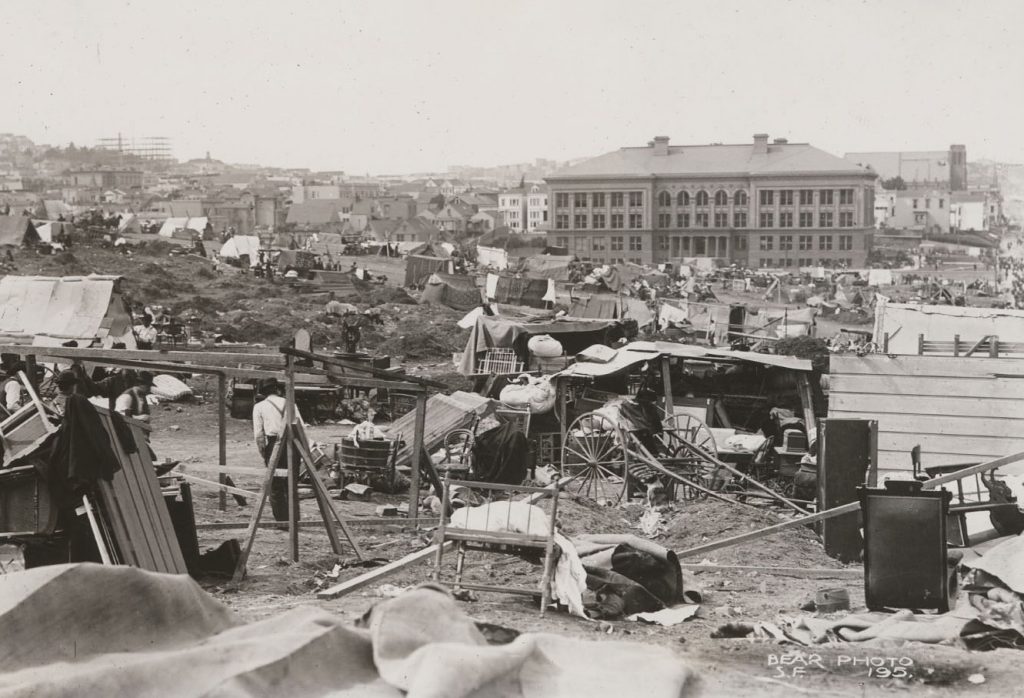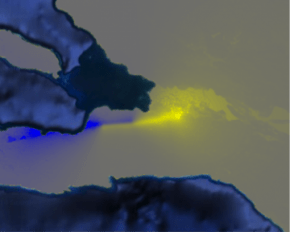DASL at Understanding Risk 2020
The Disaster Analytics Lab for Society is involved in several exciting sessions at this year’s Understanding Risk 2020 forum. See details below and register for the event (it’s free!). Many exciting sessions. Forming radical collaborations to address climate and disaster risk: The Understanding Risk Field Lab https://www.ur2020.org/agenda/session/440102 Thursday 3 Dec 3-3:55 UTC (11-11:55 SG time)…
Read more
